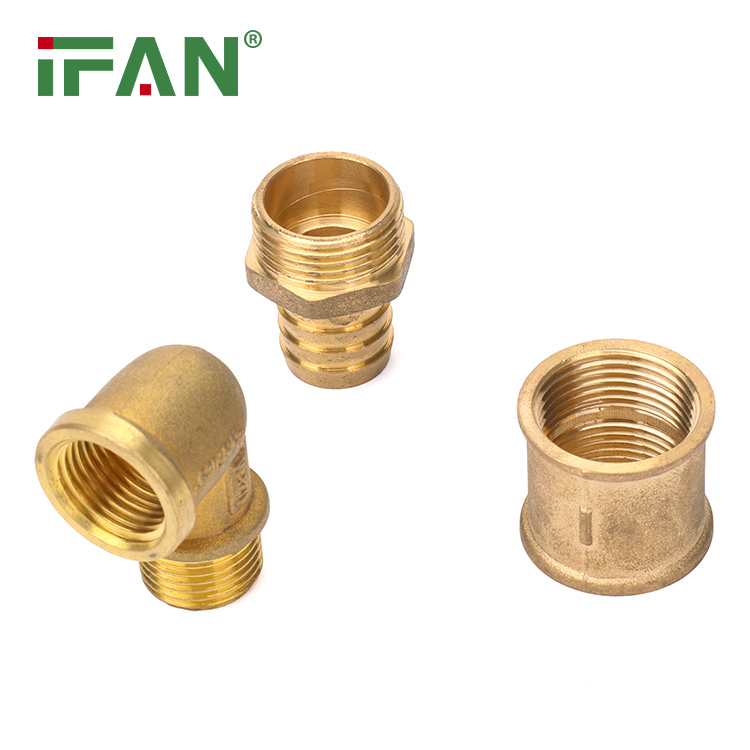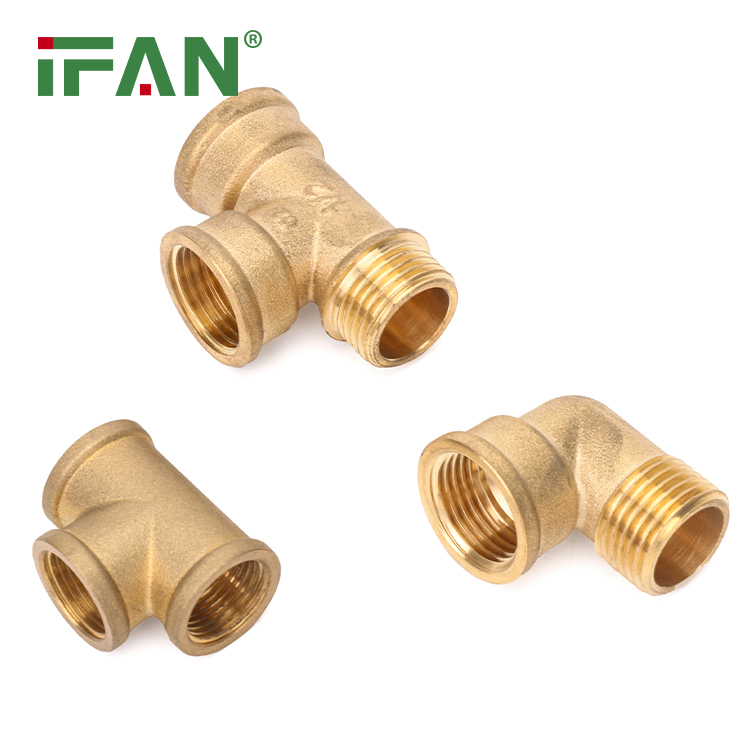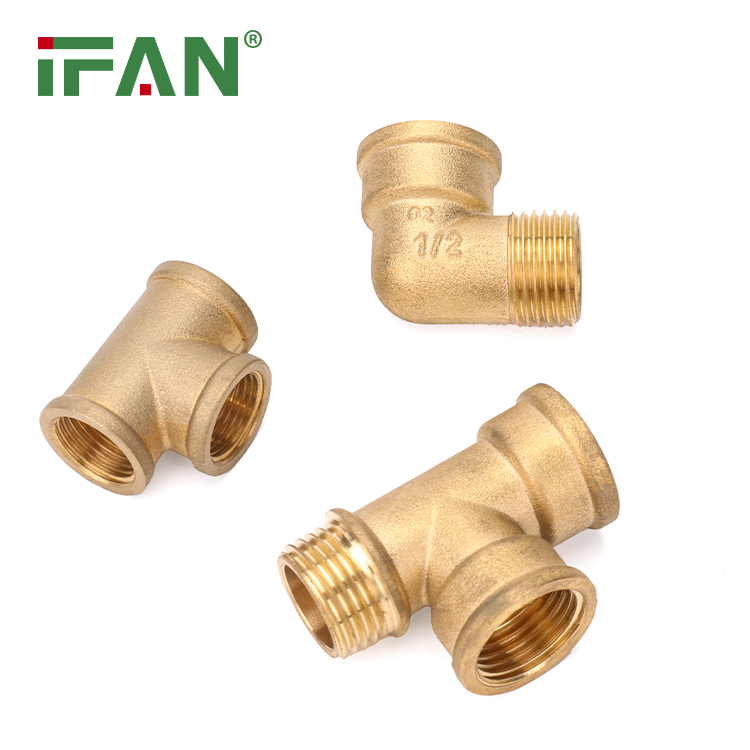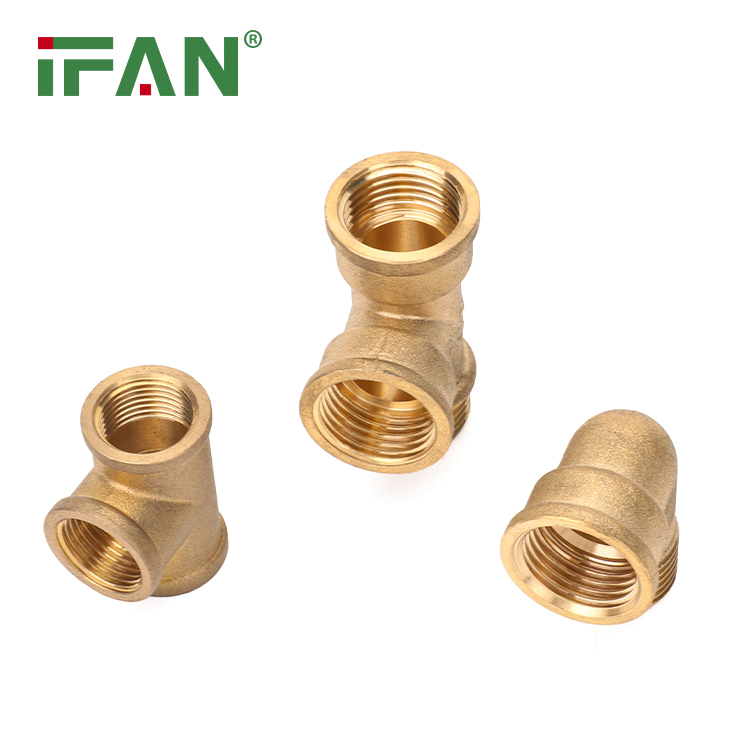Guia Essencial de Conexões de Latão
Introdução
As conexões de latão desempenham um papel vital em várias indústrias, incluindo hidráulica, automotiva e de manufatura. Com sua excelente durabilidade, resistência à corrosão e versatilidade, as conexões de latão tornaram-se uma escolha popular para conectar tubos e tubos. Neste guia essencial, exploraremos os diferentes tipos de conexões de latão, suas aplicações e os benefícios que oferecem.

O que são conexões de latão?
As conexões de latão são peças feitas de latão, uma liga composta principalmente de cobre e zinco. O teor de zinco no latão dá-lhe maior resistência e maleabilidade, tornando-o adequado para criar uma ampla gama de acessórios. Essas conexões são fabricadas usando diferentes processos, como fundição, forjamento e usinagem, para alcançar a forma e a funcionalidade desejadas.
Tipos de conexões de latão
2.1. Conexões de compressão
Os acessórios de compressão são amplamente utilizados em aplicações de canalização e envolvem a compressão de uma virola contra o encaixe e o tubo para criar uma vedação estanque. Estes acessórios podem ser facilmente instalados e desmontados, tornando-os ideais para situações que requerem manutenção ou reparos frequentes.
2.2. Conexões roscadas
As conexões rosqueadas têm roscas macho ou fêmea que permitem que sejam parafusadas em tubos ou outras conexões. Eles fornecem uma conexão segura e são comumente usados em indústrias que exigem uma junta resistente a vazamentos. As conexões rosqueadas vêm em vários tipos, incluindo cotovelos, tees, uniões e adaptadores, oferecendo flexibilidade no projeto de sistemas de tubulação complexos.

2.3. Push-to-Connect Fittings
Push-to-connect fittings, also known as quick-connect fittings, are designed for easy and efficient installation. These fittings feature a push-fit mechanism, eliminating the need for tools or soldering. By simply pushing the pipe into the fitting, a secure and leak-free connection is established. Push-to-connect fittings are commonly used in pneumatic and low-pressure hydraulic systems.
- Applications of Brass Fittings
Brass fittings find applications in a wide range of industries:
3.1. Plumbing
Brass fittings are extensively used in plumbing systems for connecting pipes, valves, faucets, and fixtures. Their excellent resistance to corrosion and ability to withstand high temperatures make them suitable for both residential and commercial plumbing applications.
3.2. Automotive
In the automotive industry, brass fittings are commonly used in fuel, brake, and hydraulic systems. Their ability to withstand high pressures and compatibility with various fluids make them a reliable choice for connecting components in vehicles.
3.3. Manufacturing
Brass fittings are vital components in manufacturing processes, including air compressors, pneumatic tools, and machinery. Their durability and resistance to vibration and impact make them ideal for withstanding harsh operating conditions.
- Benefits of Brass Fittings
4.1. Durability
Brass fittings are known for their exceptional durability, making them suitable for long-term use in demanding environments. They can withstand high pressures, temperature fluctuations, and corrosive substances without compromising their structural integrity.
4.2. Corrosion Resistance
The zinc content in brass provides excellent corrosion resistance, making brass fittings resistant to rust and degradation. This feature ensures that the fittings maintain their performance and functionality over an extended period.
4.3. Versatility
With a wide range of fittings available, brass fittings offer versatility in designing and customizing piping systems. They can be used with various pipe materials, including copper, plastic, and stainless steel, providing compatibility and adaptability.
Conclusion
Brass fittings are essential components in various industries, offering durability, corrosion resistance, and versatility. By understanding the different types of brass fittings, their applications, and the benefits they offer, one can make informed decisions when selecting fittings for different projects. Whether in plumbing, automotive, or manufacturing, brass fittings continue to be a reliable choice for connecting pipes and tubes, ensuring efficient and leak-free operations.


